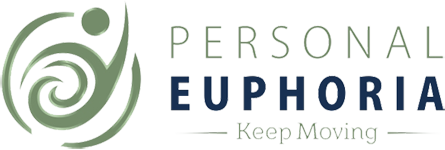Another Pilates Video–Head Wrestling
I love that they spent time doing this. Check out Joe Pilates’ (he is the shorter guy) shoes–not too shabby. This video shows head wrestling, arm wrestling, and pole wrestling–three past times I was not familiar with.
